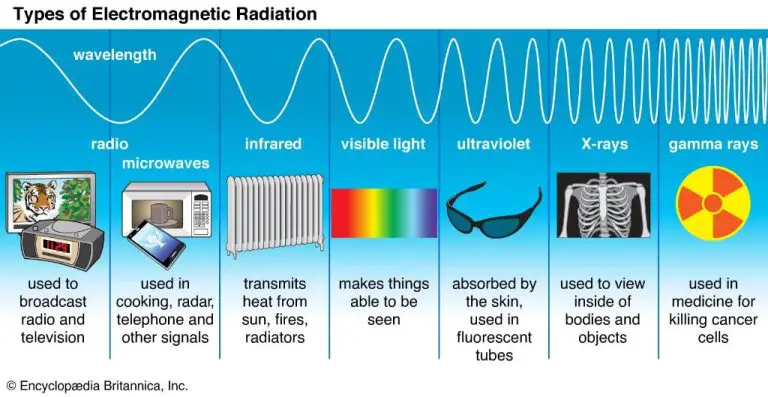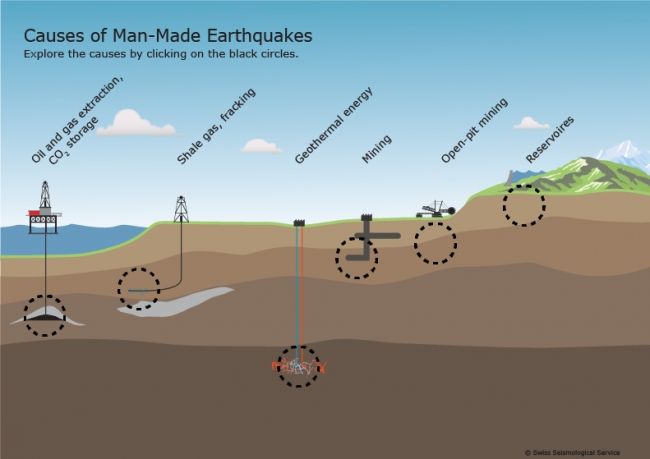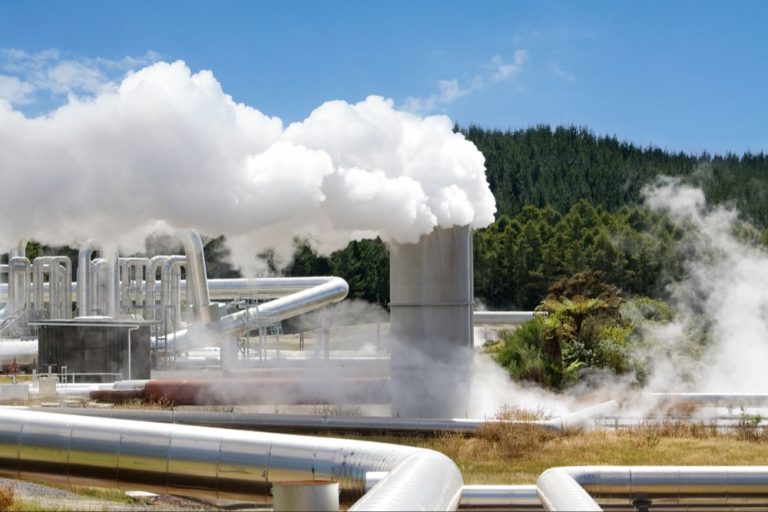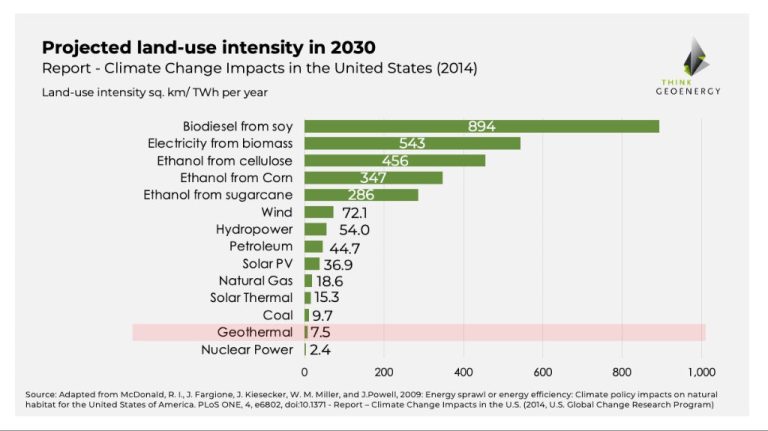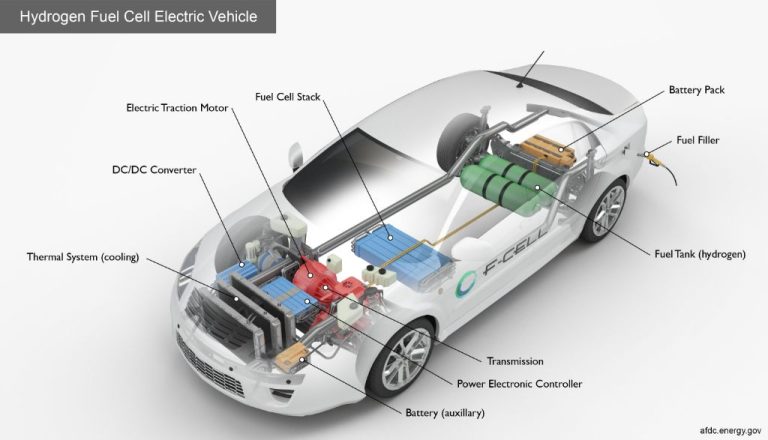Is Mars Geothermally Active?
Geothermal activity refers to the natural heat transfer processes that occur beneath the surface of a planetary body like Earth or Mars. It is caused by excess heat in the planet’s interior. On Earth, geothermal energy comes from radioactive decay in the core, residual heat from planetary accretion, and friction produced by denser core material sinking to the center of the planet. This geothermal activity manifests as volcanoes, hot springs, geysers, and hydrothermal vents on the surface.
There is debate over whether Mars exhibits active geothermal processes today. Early observations of the planet revealed signs of past volcanic activity and valley networks likely carved by flowing water. This suggests Mars once had substantial internal heat to drive hydrothermal processes. However, Mars is smaller than Earth so it cooled more quickly after its formation. Given its size and age, many scientists think Mars is likely geologically dead with little current geothermal activity. But some evidence, like traces of methane in the atmosphere, leave open the possibility that pockets of heat and isolated hydrothermal systems persist underground. Determining if any form of present-day geothermal activity exists on Mars has implications for the potential habitability of the planet.
Evidence For Geothermal Activity on Mars
There is some evidence that suggests Mars may have geothermal activity in certain regions. The most compelling evidence comes from the Tharsis region, home to the largest volcano in the solar system, Olympus Mons. Olympus Mons stands over 13 miles high and its immense size is likely due to geothermal forces that allowed lava to continuously flow over the same spot for billions of years, building up the volcano (1). The neighboring volcanoes of Tharsis Montes and Alba Mons also suggest significant geothermal forces were present to form these giant volcanoes. Additionally, Mars has the largest complex of volcanoes called the Tharsis Bulge, a continent-sized volcanic construct indicating substantial geothermal activity in Mars’ past (2).
Further evidence comes from the Valles Marineris canyon system, which is over 2,500 miles long and up to 4 miles deep. Some scientists think the formation of this extensive canyon system was influenced by geological activity like faulting and underground water flows, signifying interior geothermal forces were at play (1). Overall, the surface geology and massive ancient volcanoes found on Mars point to internal heat helping to shape the planet’s surface, though the extent and concentration of modern day geothermal activity remains unknown.
Sources:
(1) https://www.space.com/mars-heat-underground-habitable-hotspots-groundwater
(2) https://marspedia.org/Geothermal_energy
Evidence Against Geothermal Activity on Mars
While there are some signs that point to possible geothermal activity on Mars, there are also several characteristics of the planet that suggest a lack of significant ongoing geothermal processes:
Mars has a much smaller mass and radius compared to Earth, resulting in less internal heat from gravitational compression and the decay of radioactive elements. With a diameter of just over half of Earth’s, Mars cooled more quickly after its formation (Space.com).
Data from seismic measurements made by NASA’s InSight lander indicate that Mars’ core has largely solidified, unlike Earth’s still-molten outer core. This means less heat is generated from the motion of liquid iron in the core (Wiley).
The average surface heat flow measured by InSight is just half of Earth’s, suggesting less internal heat production overall. There are no current signs of active plate tectonics, which recycle heat on Earth.
While traces of past hydrothermal activity have been detected, this is not definite proof of modern geothermal processes. Overall, assessments of Mars’ internal structure and heat flow measurements indicate limited potential for widespread, active geothermal systems.
Mars’ Internal Structure
Like Earth, Mars can be divided into distinct layers: a dense metallic core at the center, a surrounding silicate mantle, and an outer crust made of rock and soil. The planetary scientists at NASA’s Jet Propulsion Laboratory have used seismic and gravity data from missions like InSight to model Mars’ internal structure. They estimate that Mars has a core with a radius of roughly 1,800 km, consisting mostly of iron and nickel. Surrounding this is a mantle of silicate rocks 1,100-1,400 km thick. The crust is much thinner at only 10-100 km across the planet. Overall Mars is much smaller than Earth, with a diameter of 6,792 km compared to 12,756 km, so the layers are compressed into a narrower region.
Evidence suggests Mars’ core is still partially molten and capable of generating a magnetic field via the core dynamo process, but this field is very weak compared to Earth’s. The mantle is solid and no longer convecting. With limited internal heat, Mars lacks plate tectonics and new volcanic activity, indicating its geothermal energy has largely diminished over the past 3-4 billion years as the planet cooled (NASA’s InSight Reveals the Deep Interior of Mars, 2021).
The small size of Mars compared to Earth is a key reason its geothermal activity has declined. With less gravitational compression and radioactive decay occurring, there is reduced internal heating to drive an active dynamo and mantle convection. The crust is too thin to insulate and retain much heat from the interior. This lack of an active heat transfer system limits potential modern geothermal activity on Mars (Internal Structure of Mars, 2022).
Heat Flow Measurements from Mars Landers
NASA’s InSight lander, which landed on Mars in 2018, carries an instrument called the Heat Flow and Physical Properties Package (HP3) that is designed to measure the planet’s internal heat. The HP3 instrument uses a self-hammering mole to burrow under Mars’ surface and deploy a heat probe down to 16 feet (5 meters) below the surface. This allows it to take precise temperature measurements at different depths underground. Initial results from HP3 in 2019 indicated a heat flow of between 18-58 milliwatts per meter squared (mW m−2), lower than expected. However, the mole encountered unexpected resistance trying to dig into Mars’ crust, which has made getting an accurate heat flow measurement challenging so far (NASA).
NASA’s Curiosity rover has also made measurements relating to Mars’ heat flow by analyzing subsurface temperatures up to 6 feet (2 meters) deep. Data from Curiosity indicates a heat flow of between 18-32 mW m−2 in Gale crater. The lower than expected heat flow from both InSight and Curiosity supports theories that Mars has cooled more than scientists originally thought, though the exact heat flux value is still uncertain.
Impacts of Mars’ Small Size
Mars’ relatively small size and mass compared to Earth is one of the key factors that limits its geothermal activity. As explained in a 2021 study from Washington University in St. Louis (https://phys.org/news/2021-09-mars-habitability-limited-small-size.html), Mars has only 10% of Earth’s mass. This smaller mass means it lacks the internal heat and convection to drive significant geothermal activity.
Specifically, the smaller mass of Mars allowed it to cool much more rapidly after its formation compared to Earth. This faster cooling limited the amount of internal heat available to drive geothermal processes like volcanism. Mars solidified into a rigid shell more quickly, which suppressed convection currents in its mantle that transport internal heat.
In addition, as explained in a 2005 paper (https://www.lpi.usra.edu/science/abramov/papers/abramov_kring_2005.pdf), Mars’ smaller mass means it requires less energy from an asteroid impact to generate significant crustal fracturing and potential hydrothermal activity. However, its faster cooling also limits how long such impact-generated activity can persist before heat dissipates in the crust.
Overall, Mars’ relatively small size and mass has significantly limited the longevity and extent of geothermal activity compared to Earth. This helps explain why potential hot spots on Mars are likely to be rare and isolated if they exist at all.
Evidence of Past Hydrothermal Activity
There is significant evidence of ancient hydrothermal systems on Mars in the form of mineral deposits and landforms suggesting past water-rock interactions. The most compelling evidence comes from discoveries made by NASA’s Mars Reconnaissance Orbiter (MRO), which has imaged ancient sea-floor deposits within the Eridania basin that resemble fossil hydrothermal vent systems on Earth (1).
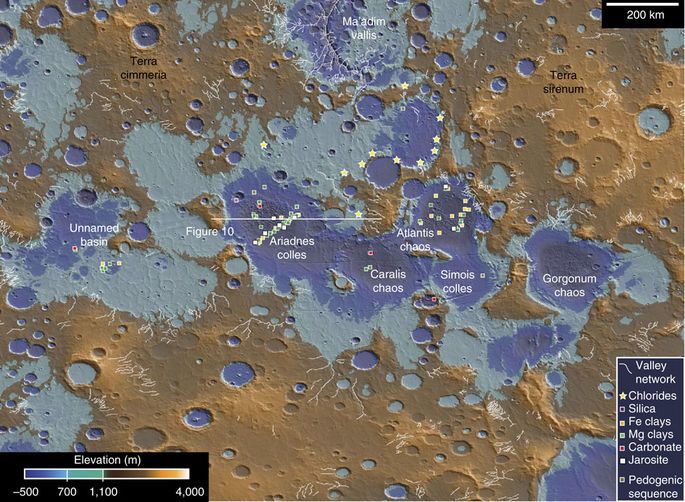
Specifically, MRO identified thick sequences of minerals such as iron-oxide, phyllosilicates, and silica in the basin. These minerals likely precipitated from heated, mineral-rich fluids when the Martian ocean floor was still active. The minerals and their layered, mounded geometry is very similar to that of iron-silica-rich hydrothermal systems on Earth (2).
In addition, cone-shaped mounds and networks of deep ravines were found that resemble ancient hydrothermal vent complexes. On Earth, such vent complexes form above sea-floor hot springs when hydrothermal fluids precipitate minerals that build up chimney-like mounds. The vent structures provide compelling evidence that there were once submarine hydrothermal systems on ancient Mars (3).
Possibility of Isolated Geothermal Sites
While Mars may lack widespread geothermal activity across its entire surface, there is still the possibility that small localized regions of geothermal activity may exist. Recent studies have suggested looking deep underground on Mars – miles below the surface where geothermal heat from the planet’s interior may have melted subsurface ice deposits (https://earthsky.org/space/mars-life-search-subsurface-ice-melted-by-geothermal-heat/). Though Mars’ overall heat flow is lower than Earth’s, localized hot spots heated by pockets of magma or radioactive elements could potentially create hydrothermal environments conducive to life.
One analysis found that with sufficiently porous rock, even relatively low heat flows could lead to temperatures high enough for liquid water to exist underground (http://ui.adsabs.harvard.edu/abs/1997JBIS…50..187F/abstract). This opens up the possibility that even with Mars’ reduced internal heating, isolated geothermal sites – perhaps associated with past volcanic activity – could persist. While Mars may lack the widespread tectonic activity that generates much of Earth’s geothermal heat, smaller scale processes could still allow for localized regions of elevated geothermal activity.
Implications for Habitability
The presence of geothermal activity on Mars would have major implications for the planet’s potential to host life. Geothermal hot spots with liquid water could create habitable environments underground where life could survive, even if the surface remains inhospitable. According to a 2020 study, the Martian underground may have been habitable billions of years ago with the help of internal heat powering liquid groundwater reserves (https://www.space.com/mars-heat-underground-habitable-hotspots-groundwater).
Evidence of ancient hydrothermal systems on Mars suggests that the necessary conditions for life may have existed in the past. Geothermal activity generates heat and minerals that could fuel basic life forms such as thermophilic microbes. Even at present, isolated pockets of underground geothermal activity could potentially support microbial communities. Future missions to identify current hot spots on Mars and drill below the surface could help uncover signs of extant or extinct Martian life.
Overall, geothermal activity increases the chances that Mars once hosted habitable environments conducive to the origin and evolution of life. Confirming whether any geothermal regions still persist would be a major step toward determining if life could exist on Mars today.
Conclusion
In summary, there is some evidence that suggests Mars may have geothermal activity but it is not conclusive. The key evidence includes detections of recent volcanic eruptions (https://www.space.com/mars-liquid-water-south-pole-subglacial) indicating Mars is still geologically active, measurements by landers such as InSight that show heat flowing from Mars’ interior https://en.wikipedia.org/wiki/Volcanism_on_Mars, and signs of past hydrothermal activity that requires underground heat. However, Mars’ smaller size compared to Earth means it cooled more rapidly after formation, limiting current geothermal effects. While Mars may have isolated pockets of underground heat, the data so far does not support widespread, significant geothermal activity across the planet today.


